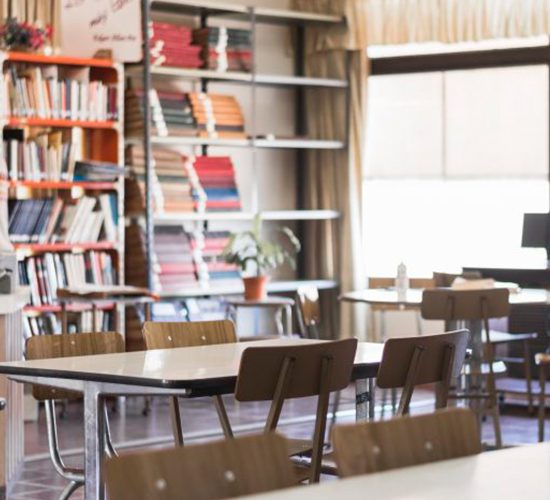Return plan: What would be a safe way to get back to school?

As of March this year, all educational establishments in the country were closed as a health security measure resulting from the Coronavirus pandemic, and since then students in the Metropolitan Region have not attended face-to-face classes.
In the last days, the Ministry of Education announced a return-to-classroom plan for phase 3 and 4 communes in the Metropolitan Region, which has created great uncertainty in the educational community and in the, because of the risk and impact of returning students to educational establishments.
Explore RM South East talked about this topic with Lorena Rodriguez, pediatrician and academic at the University of Chile School of Public Health, and Catterina Ferreccio, Epidemiologist, ACCDiS researcher and member of the Covid MINSAL Advisory Committee; who made the need to jointly plan for a return to classrooms and delivered some recommendations to do so safely.
The importance of planning
Lorena Rodriguez says the return to school needs a plan involving everyone involved in returning to school, and where not only should attention be focused on what phase each commune is, because "looks have to be territorial, not all establishments are in the same conditions as neither epidemiological nor structural to return. In each space you have to have a committee that plans this return, which must be made up of experts, Authorities, but also for the same school communities, because you have to have an input protocol that everyone knows and can follow; you also need to plan an output protocol for pop-up events".
The pediatrician, remember that the experience of European countries has shown that the return to school does generate an increase in the positive cases of Covid-19. And he mentions that to prevent this, families need to, students and teachers know what to deal with any emerging situation, "I put myself in the event that there is a family with a positive case and a boy or girl had contact with this positive case, but he doesn't have any symptoms. That family must know, according to a protocol, whether or not the child can go to school, and if that kid's already been to school, the school needs to know what to do to deal with that situation. Protocols must exist at the national level and there must also be agreements that are generated from the entire community of each establishment".
What would a safe return look like?
"The issue of safe return to school is going to depend on what steps are taken. Social separation measures need to be maintained, mask and handwashing measures need to be maintained, because there's going to be infected people. It doesn't get back to normal, doesn't go back to what the classes used to be, you go back to another condition", catterina Ferreccio says.
Epidemiologist proposes a way to distribute students that ensures social estating, as he says it's very difficult to get it with all the tuition in face-to-face classes: "chances are you'll have to separate them into three groups and go a third a few days, one-third other days and another third the following days. With that, 30% student school and an ideal distance of 2 meters could be maintained in the classroom, which can also be controlled at recess".
He adds that, "in this way, students may have face-to-face classes one and a half days or two days a week and the rest of the classes may continue to have them virtually. For all this, ideally before entering, each group would get a simple test for the virus, such as the antigen test ideally in saliva that takes no more than 15 minutes".
The pediatrician, for his part, mentions certain specific measures that establishments must ensure: "physical estinement is very important, that means staying at least a metre and a half away from the others, . There must also be access to frequent hand washing with soap and water, because alcohol gel may be insufficient. Along with this, good mask posture should be maintained and students should change it every day if it is disposable, and if it's fabric, should be washed every day. In addition, the school should worry about frequently cleaning surfaces with chlorine".
Adds, than another of the measures that need to be taken into consideration when planning, is that students should not share any of their school supplies or food, and take particular care with lending things that are carried to your mouth. Also, mentions that when it comes to eating and removing the mask, it is very important that physical distance is maintained and that there are protocols that everyone knows so that this is fulfilled.
Are there risks when going back to school?
Catterina Ferreccio, says that "there's always going to be some risk, especially for teachers and adult workers. Zero risk cannot be guaranteed as long as there are cases in the community".
About those who can come back and those who can't, Ferreccio mentions that only students and non-high-risk adults should return. "If there is someone who is at high risk for age or chronic illness they should not return. We are talking about a return of healthy people who decide to go voluntarily, for this should be voluntary for both students and workers in educational establishments", ends.
Read full note www.explora.CL
